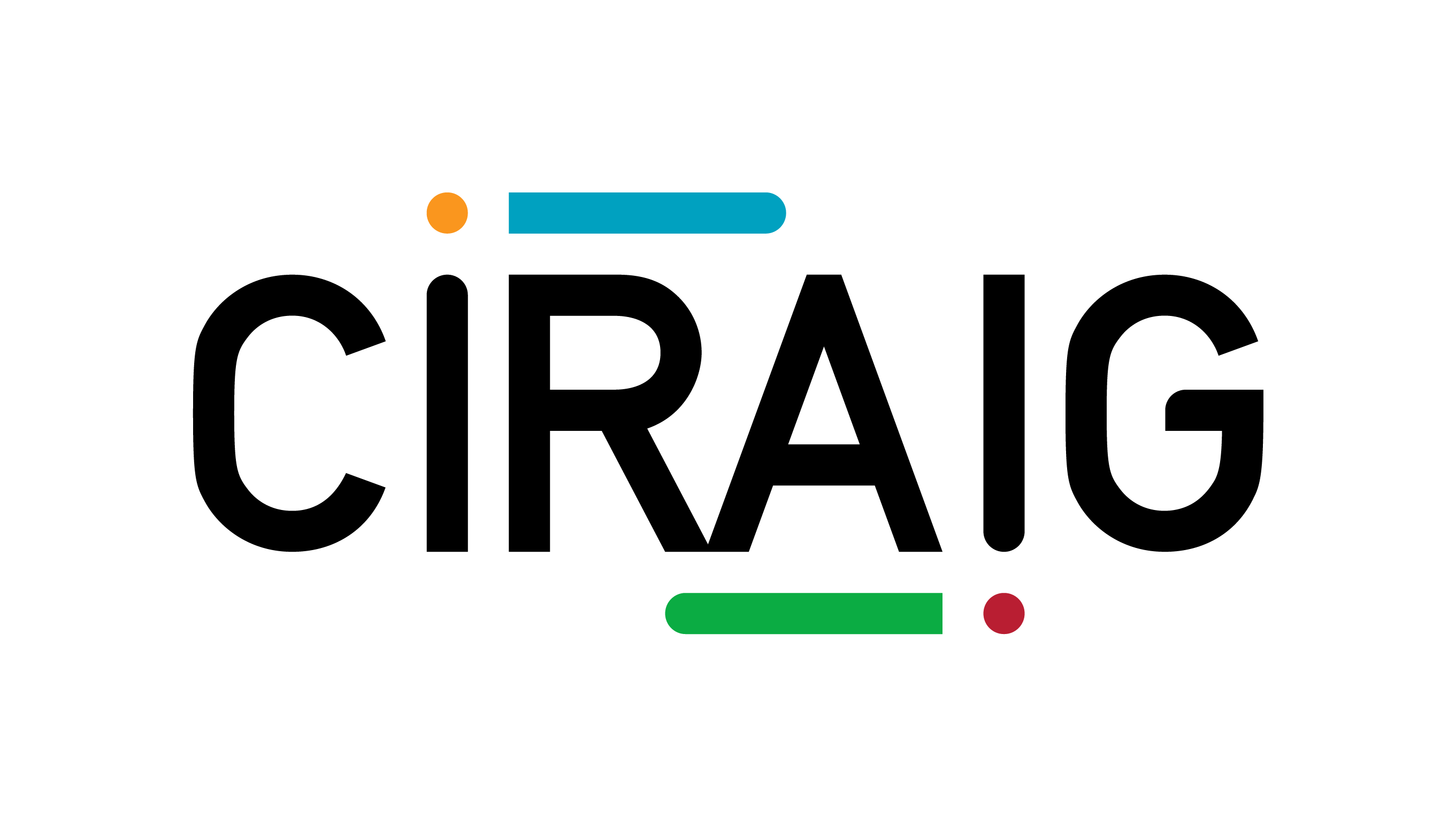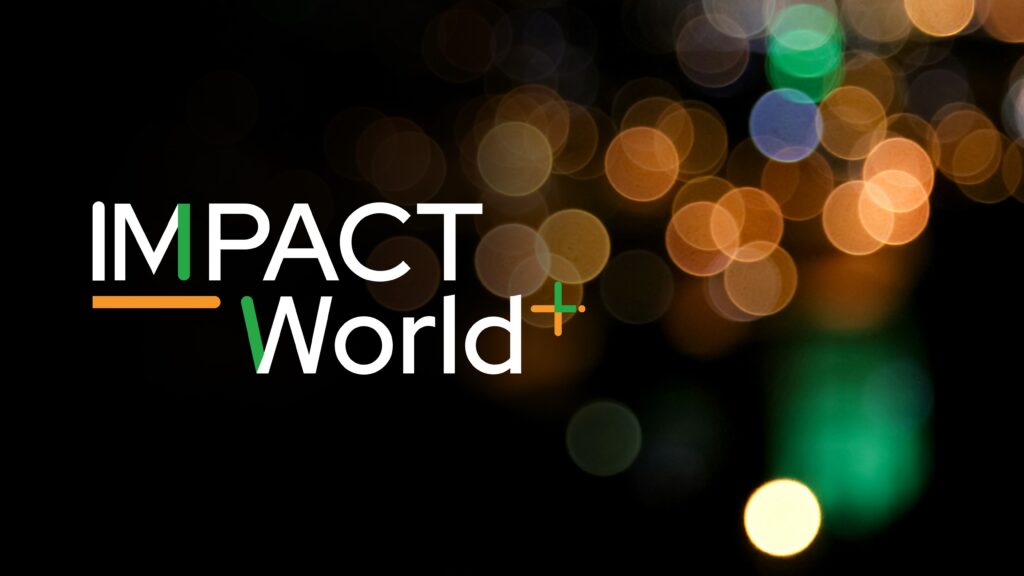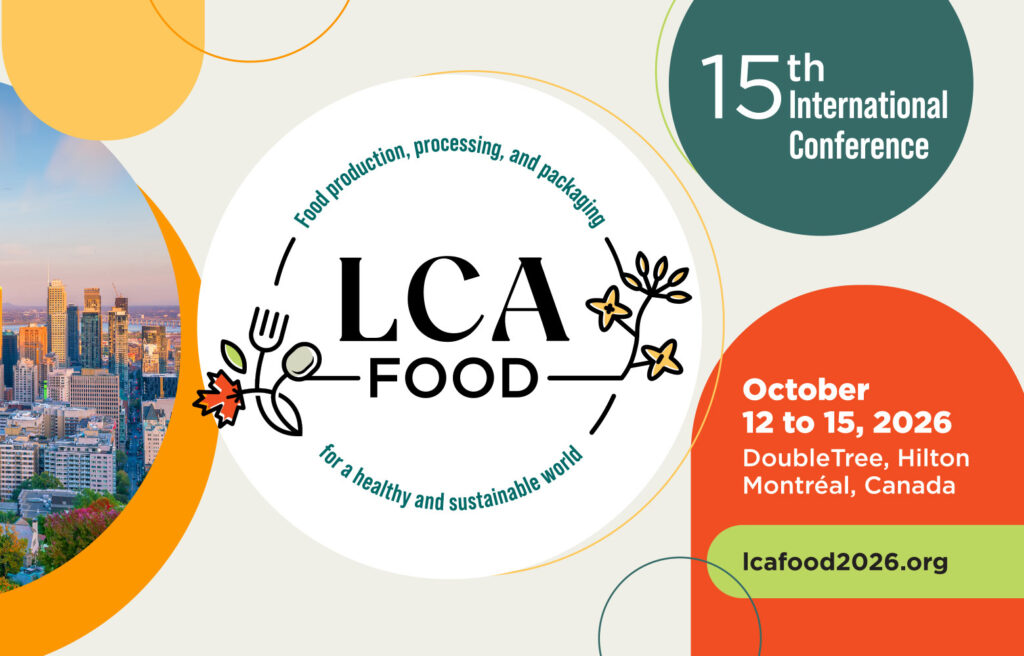Life cycle assessment of dishware at Polytechnique Montreal
Different dishware options for Polytechnique’s cafeteria areas, including several analyses of waste management methods

At the request of the Office of Sustainable Development at Polytechnique Montréal, the CIRAIG conducted a life cycle analysis comparing different dishware options for its cafeteria areas and including several analyses of the management of residual materials generated in the institution’s food service areas. This study aims to fill an information gap regarding the choices available to food services in the Quebec context of procurement and waste management. First, a review of relevant publications (LCA studies or others) on single-use dishes was conducted. This made it possible to draw up a portrait of the work already carried out on an international scale with regard to environmental life cycle analysis in this field and to help carry out the present study by identifying the main issues to be considered. Subsequently, the study was conducted in an iterative fashion, resulting in three parts:
Part A: Comparison of tableware items
First, disposable tableware made of polystyrene (containers), polypropylene (utensils) or compostable materials (cardboard or bagasse or PLA for containers, corn starch for utensils) offered by Aramark Quebec distributors and reusable tableware (ceramics, reusable plastic containers, stainless steel utensils) were compared on the basis of their environmental profiles, i.e., their scores for four categories of damage: Climate Change, Human Health, Ecosystem Quality and Resources. This comparison includes energy and material consumption and emissions generated during the production of the parts, their packaging, transportation and end-of-life management (landfill or composting depending on the option). For reusable parts, the energy, water and soap required for their washing, as well as their lifespan were taken into consideration.
Conclusions from Part A:
Reusable tableware options are always significantly preferable to single-use tableware options in the Climate Change, Human Health, and Resources categories, once the pieces are reused more than 300 times and even less depending on the option. For the Ecosystem Quality category, the scores are often close, but the uncertainty related to the inventory data (used to model the systems compared) and the characterization factors (used to calculate the impact scores of the systems compared) makes it impossible to conclude.
Polystyrene dinnerware and polypropylene utensils are most often environmentally preferable to the biodegradable material options evaluated in this study. This advantage of regular tableware is mainly due to its lower mass than compostable tableware and the fact that it is produced in Quebec or North America, which means that it uses less damaging electrical energy and travels shorter distances than biodegradable tableware produced mainly in Asia. Nevertheless, it is not possible to make an overall distinction between the EPS and cardboard plate or shell options, each being the preferable option for at least one of the four damage categories considered. Of the alternative container materials compared, the cardboard option is often preferred over bagasse: it wins in three damage categories.
The use of a product that would be manufactured in Quebec is often advantageous due to the low impact of the Quebec electricity supply mix and the reduction of associated transportation.
Part B: End of life of organic materials generated at Polytechnique
In a second step, three management methods for organic materials generated at Polytechnique were compared: landfilling, composting and microwave catalytic decomposition. Landfill represents the situation where organic materials are not sorted and are disposed of with the final waste. These residues are managed by the company RCI Environnement and sent, via the Laval transshipment site, to the Ste-Sophie landfill. Composting of organic materials was introduced at Polytechnique in 2015. The organic materials are collected separately by NI Corporation and sent to the composting site in Laflèche, Ontario. For microwave catalytic decomposition, the Pyrowave technology, developed at Polytechnique and currently in the pilot phase, was considered. It uses microwaves to heat the waste in the absence of air to break down the material into a liquid (monomer oil), a wax, a combustible gas and a solid fuel (carbon black).
Conclusions from Part B:
Microwave catalytic decomposition of organic materials is preferable to landfilling or composting because of the recovery of its co-products. As this technology is under development, the data used and assumptions made about it should nevertheless be revalidated when the technology is commercially available.
It is not possible to distinguish the best option between landfilling and composting of organic materials generated at Polytechnique, as the conclusions change depending on the impact category considered or are influenced by uncertain parameters.
The transportation of organic materials between the Polytechnique and their treatment site has a significant contribution to the potential impacts. It is therefore preferable to minimize this distance as much as possible.
Part C: Scenarios for the supply of dishes and the management of residual materials generated in the Polytechnique’s food service areas
Finally, different scenarios for the supply of dishes and the management of residual materials (paper, cardboard, glass, metals, plastics, organic materials and final residues) generated in Polytechnique’s food services were compared. The scenarios differed in two respects: the choice of tableware (same options as for component A) and the management options for the various residual materials (landfill, composting, recycling or catalytic decomposition by microwave, depending on the materials and the scenarios).
Since biodegradable tableware facilitates the implementation of a collection system for compostable waste, one of the objectives here was to verify whether including food waste management in the analysis modified the conclusions of Component A. It should be noted that this study was not intended to cover all food service activities. As such, an environmental profile (i.e., results for the four impact categories considered) for food services is not established since activities such as meal preparation, food management, maintenance of premises, etc. are excluded.
Conclusion for Part C:
As with Component A, the use of reusable tableware is highly advantageous over single-use options, whether the table waste is landfilled or composted. However, the reusable tableware option is not feasible in the short term for Polytechnique Montreal due to accommodation constraints. Among the single-use tableware options, the most favourable scenario is that of non-biodegradable tableware, with microwave catalytic decomposition of residual materials.
The end-of-life management of waste materials (dishwashing waste, food waste, recyclables and final waste) has little influence on the scenarios compared, except for those using microwave catalytic decomposition. In all scenarios, the main contributor is the supply of tableware (and its use in the case of reusable tableware).
https://ciraig.org/wp-content/uploads/survol-resultat-acv-poly2017-1.pdf




